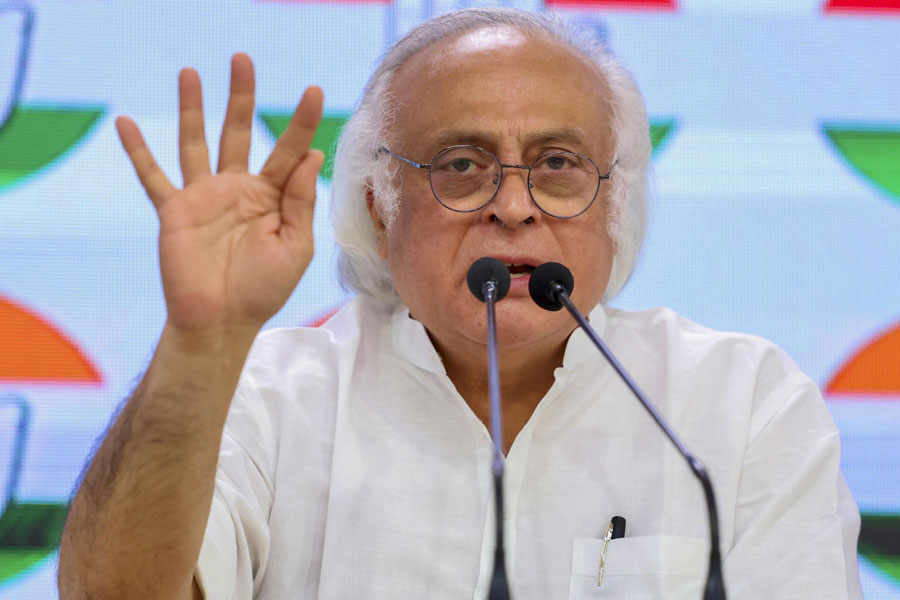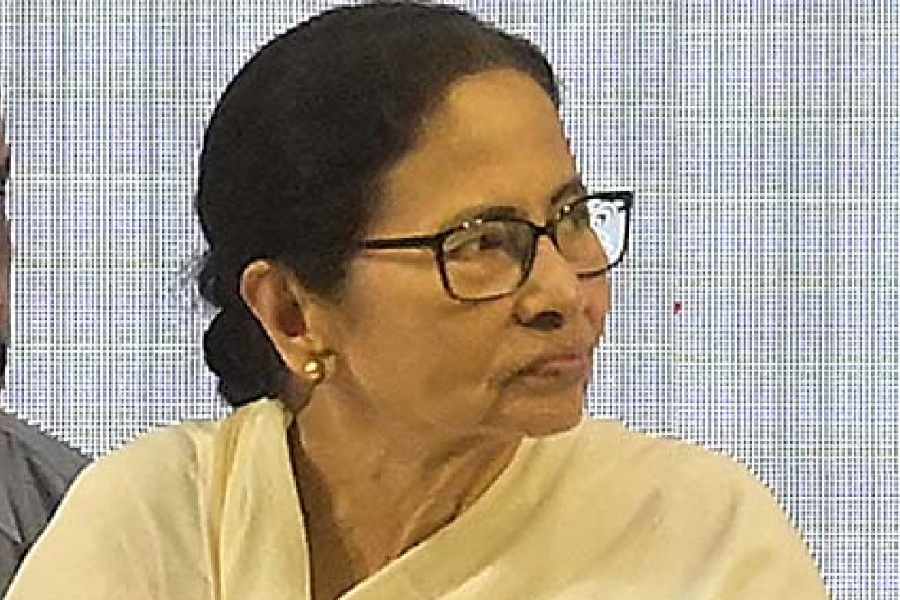 |
New Delhi, March 31: Sorry, MSD, the cliché about a billion hopes has just got more precise — and bigger.
India’s latest census has put the country’s population at 1,210,193,422 or 1.21 billion as on the intervening midnight of February 28 and March 1, this year.
That means the country has added 181 million people or foisted another Brazil on the planet over the past 10 years and missed its projected population target.
But it could have been worse as M.S. Dhoni’s team prepares for the World Cup final on Saturday. The latest census has revealed the sharpest decline in population growth since Independence. Literacy levels have grown — 74 in every 100 Indians can now read, write, and understand written text in contrast to 64 in 2001.
The census, however, has also shown the lowest sex ratio of children up to six years of age — only 914 girls to 1,000 boys — since 1961, which may be an indication of the country’s failure to change preferences for male babies and to curb selective abortion of female foetuses.
“This decline in the child sex ratio is perhaps the most serious negative finding from this census,” said Chandrasekaran Chandramauli, the registrar general.
Union home secretary G.K. Pillai, who was present at the release of the figures, said the drop in the child sex ratio called for a review of policies. “We may need a complete review at all levels — central, state and local levels,” Pillai said.
But the 2001-2011 decade is the first since Indian independence that has added a lower number of people than the previous decade, said Chandramauli, During 1991-2001, India had added more than 182 million persons.
The population growth declined from 21.54 per cent in the previous decade to 17.64 per cent between 2001 and 2011 — the sharpest decline in decades. The population density has increased from 325 to 382 persons per square km, a 17 per cent rise in line with the population trend.
Despite the slowdown in growth, India has missed its projected population target. A government analysis two years ago had predicted that India's population would be 1.19 billion in 2011 — about 18 million people less than what the 2011 headcount has shown.
States traditionally known for high birth rates — Bihar, Madhya Pradesh, Rajasthan, Uttar Pradesh, Uttarakhand, Orissa, Chhattisgarh, and Jharkhand — have for the first time shown a significant fall in population growth rate: average 21 per cent from 25 per cent in the previous decade.
“After decades of stagnation, this decline in growth in these states is among the most encouraging signs we’ve had in this census,” Ramesh Sethi, additional registrar general and head of the vital statistics division of the census office, told The Telegraph.
Census officials said the provisional findings would be followed up with a detailed analysis that would provide more information about India’s population — from urban and rural population distribution patterns to migration to a headcount of the third sex.
The provisional findings — primarily based on headcounts — has shown that Uttar Pradesh is the most populous state with 199 million people, and Sikkim is the least populated with 607,000 people.
Bengal’s North 24-Parganas is the country’s second most populated district with 1 million persons, after Thane, Maharashtra, which has 1.1 million people. Dibang Valley in Arunachal Pradesh has the lowest population at 7,948 people.
Over the past decade, the growth in literacy was higher among women (49 per cent) than among men (31 per cent). “We see a very significant increase in literacy — the literacy gap between men and women has narrowed,” said Chandramauli.
Across India, the proportion of children — up to six years of age — to adults has declined from 15.9 per cent in 2001 to 13.1 this year. The proportion of children’s population is an indicator of the fertility or birth rate.










